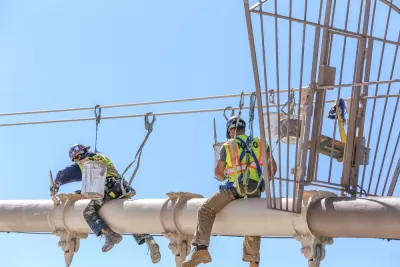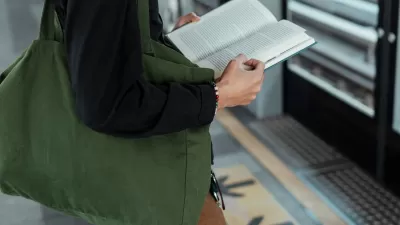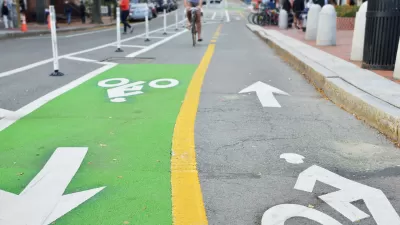A new book details what planners already know: cost estimates for major infrastructure projects are usually a farce. Another book foretells just how much new infrastructure will be needed in the coming waves of climate migration.

“Bent Flyvbjerg’s ‘iron law of megaprojects’ holds that only 47% of projects finish on-budget; 8.5% finish on-budget and on-time; and 0.5% finish on-budget, on-time, and deliver their intended benefits. Among the most perilous categories: nuclear storage, Olympic Games, dams, and information technology projects. Projects friendly to urban planners, like bus rapid transit, rail, and buildings don’t fare much better.”
“Whether they serve the public sector or private sector, they all have over a 70% chance of cost overruns. And ‘over-budget’ doesn’t mean a dollar or two. In many cases, overages reach 50% or 100% of a project’s original budget.”
“This is why we can't have nice things. Or, rather, this is why we can't have nicer, cheaper, and more timely nice things.”
“Displacement, by journalist Jake Bittle, which describes the type of geographic displacement that the early effects of climate change are causing and foretells the dramatic impacts of climate change a few decades from now.”
“The connection between the two books is chilling.... Major projects, and many of them, are going to be required both to mute the effects of climate change in vulnerable places and to accommodate the migrants in resilient places.”
FULL STORY: Book Review: Why We Can't Have Nice Things

Americans May Be Stuck — But Why?
Americans are moving a lot less than they once did, and that is a problem. While Yoni Applebaum, in his highly-publicized article Stuck, gets the reasons badly wrong, it's still important to ask: why are we moving so much less than before?

Study: Maui’s Plan to Convert Vacation Rentals to Long-Term Housing Could Cause Nearly $1 Billion Economic Loss
The plan would reduce visitor accommodation by 25,% resulting in 1,900 jobs lost.

Using Old Oil and Gas Wells for Green Energy Storage
Penn State researchers have found that repurposing abandoned oil and gas wells for geothermal-assisted compressed-air energy storage can boost efficiency, reduce environmental risks, and support clean energy and job transitions.

San Diego Swaps Parking Lane for Kid-Friendly Mini Park
The block-long greenway will feature interactive play equipment and landscaping.

Tracking the Invisible: Methane Leaks From LA’s Neighborhood Oil Sites
Environmental advocates are using infrared technology to monitor and document methane leaks from neighborhood oil sites, filling regulatory gaps and pushing for stronger protections to safeguard community health and the climate.

Montana Bill Promotes Parking Reform
A bill before the Montana state senate would bar cities from requiring more than one parking spot per new housing unit.
Urban Design for Planners 1: Software Tools
This six-course series explores essential urban design concepts using open source software and equips planners with the tools they need to participate fully in the urban design process.
Planning for Universal Design
Learn the tools for implementing Universal Design in planning regulations.
Caltrans
Heyer Gruel & Associates PA
Institute for Housing and Urban Development Studies (IHS)
City of Grandview
Harvard GSD Executive Education
Salt Lake City
NYU Wagner Graduate School of Public Service
City of Cambridge, Maryland





























